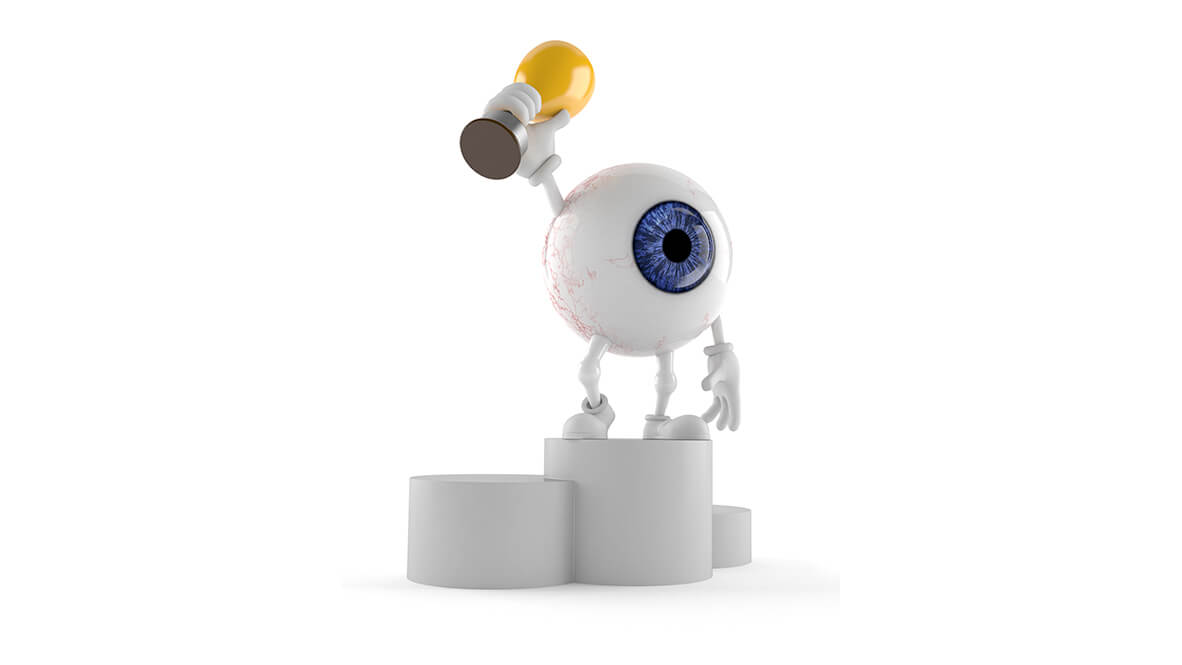The concept of anesthesia is underappreciated. Though most are familiar with the grizzly concept of the 19th-century surgeon’s bone saw and the patient who had to suffer, the general public generally doesn’t understand what had to happen between then and now. General anesthesia is a prerequisite for many modern surgeries which would be either impossible or horrifying without anesthetic.
The same can be said for local anesthesia. It may be even easier to take local anesthesia for granted, since it’s simply hard to imagine it not existing. However, it wasn’t long ago at all that local anesthetic simply didn’t exist. Indeed, just over a century ago the practice was still in its infancy — and around a century and a half ago it was just being born.
These days there are lots of popular local anesthetics: lidocaine, bupivacaine, prilocaine, benzocaine, and so on. You may notice these words have something in common in that they all end in “-caine,” as they are alkaloids. That brings us to today’s topic, a word and substance that has received much more public attention than any of the above mentioned substances.
A Bit of Background

Yes, cocaine has the honor of being the very first local anesthetic. It was popularized as such by an Austrian named Dr. Carl Koller, a friend and colleague of Sigmund Freud. Together, they toyed with the substance for all sorts of ailments during the 1880s. The late 1800s witnessed both the Wild West in the actual untamed western regions of North America, as well as a more metaphorical “wild west” of new drugs.
Cocaine was growing in popularity in the Vienna medical circle, and had shown promise as a treatment for morphine withdrawal. That concept belonged to none other than Freud himself, who benevolently sought to use the drug to cure one of his friends of an accidentally acquired morphine addiction.
Dr. Koller saw further promise in cocaine’s numbing effects — which had been noted many centuries earlier by natives of the Andes who chewed coca leaves, but was news in Europe. He had been searching for a local anesthetic for eye operations for some time to no avail. Ether was the only true anesthetic at the time besides alcohol, and clearly was not ideal — it’s out of style for a reason.
Furthermore, as modern doctors know well, it’s better to have local anesthetic available for localized treatment. Doctors often need patients awake and responsive during operations. Besides that, using systemic anesthesia for a minor or local treatment is like using a bazooka to shoot a fly — massive overkill.
It’s worth noting that the Vienna General Hospital, where Koller worked, was considered the world’s best at the time, and was a focal point of research and development of all kinds. So, these weren’t just crackpots tinkering around the edges of the medical community. Rather, they were in the heart of it and were riding a wave of innovation — though one could argue they were the wave itself.
An Anesthetic Is Born

Both Drs. Koller and Freud noted cocaine’s numbing effects after self-experimenting with the substance. Sigmund Freud famously became addicted to cocaine, which could lead a person to suspect that the doctors really enjoyed this self-experimentation phase. Nonetheless, this vital phase led to another: animal testing. Koller needed to see if cocaine was indeed effective as a local anesthetic for ocular operations.
So, he chose a laboratory frog to see if the numbing effects were … well, effective. And indeed they were: On one fateful day in September 1884, Koller held a frog in a towel and placed a solution of cocaine on its eye. The moment had arrived — and the animal did not flinch in the slightest when its cornea was touched — and even slightly injured — with a needle. When they attempted the same on the untreated eye, the frog’s reflexes worked as normal.
This was Koller’s eureka moment: He had done it! He continued to use the treatment on other animals: a rabbit, a dog, and finally himself and his assistants. They found themselves poking each other in the eye with needles and not feeling a thing.
The speed with which the news spread was astonishing. Dr. Koller wrote a paper on the experiment’s success, which was presented by a friend at a meeting of the German Ophthalmological Society later that month. Dr. Koller himself was too poor to afford the journey to Heidelberg. He was able to present the paper to the Vienna Ophthalmological Society just a month later, in October 1884, and within weeks the New York Medical Journal published news on Koller’s discovery.
Coca-Koller’s Legacy

Unfortunately (or fortunately, perhaps), this writer was not born early enough to nickname Dr. Koller “Coca-Koller.” That honor fell to Sigmund Freud himself. It may surprise many to know that the nickname likely had nothing to do with the popular beverage company whose name sounds the same, as that company was founded in 1887.
The use of cocaine as a local anesthetic spread quickly in both ophthalmic and dental surgery; the drug is perhaps even more famous for the latter, but that’s a story for another publication.
Dr. Koller’s research inspired further waves of anesthetic research, which led to the creation of many of the substances we still use today.
As for Koller? He left Vienna just a few years after his famous experiment due to an alarming rise in anti-semitism; Koller was Jewish. He found himself in New York in 1888 and continued working in medicine, becoming chief of the ophthalmology department at the Mount Sinai Hospital.
Although he won many awards, ophthalmologists may be interested to know he was the very first to receive the Lucien Howe medal, way back in 1922. That’s 99 years ago as of this writing. Dr. Koller passed away in 1944.
While Koller’s discovery may not rival status quo-disrupting concepts like Einstein’s Theory of Relativity or Darwin’s Theory of Evolution, it represents one of the most crucial steps in medical history. His revolution was one of mercy, as it lessened pain and increased a doctor’s ability to effectively improve patients’ lives.
So, let’s take a moment and celebrate one of ophthalmology’s true pioneers, and for being brave enough to self-experiment with a brand new substance. That takes some guts.



